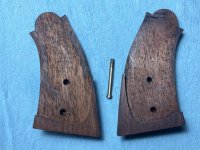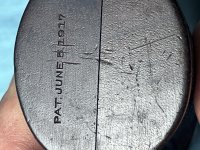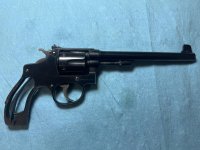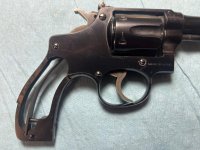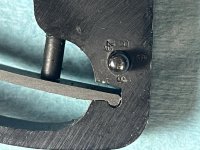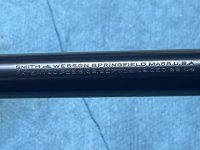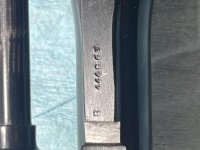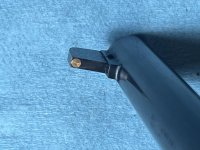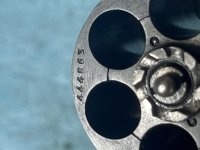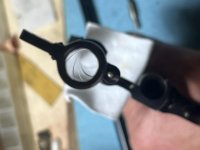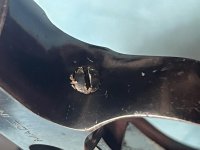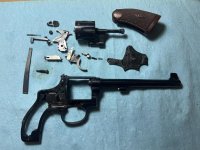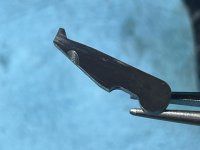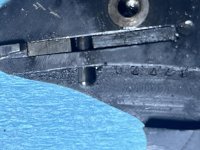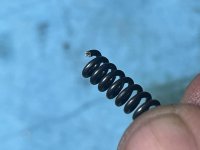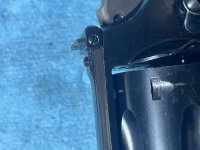Collectors believe that between 1917 and 1941 about 800 to 1000 .32 RP Targets were produced. Of these, about 60 are known to collectors. A similar number of surviving specimens are known from the First and Second Model .32 HE Targets produced between 1896 and 1917. A new specimen from either group emerges every year or two.
Hi David,
Something occurred to me and you probably know the answer. After 1917 when the RP Targets began, were there any more .32 Hand Ejector Target models made?
Last edited:







